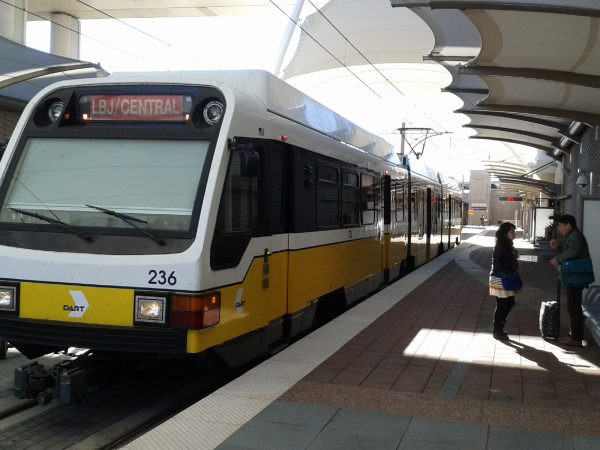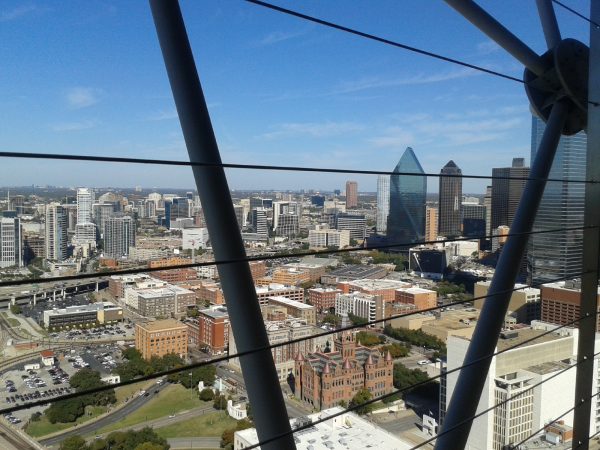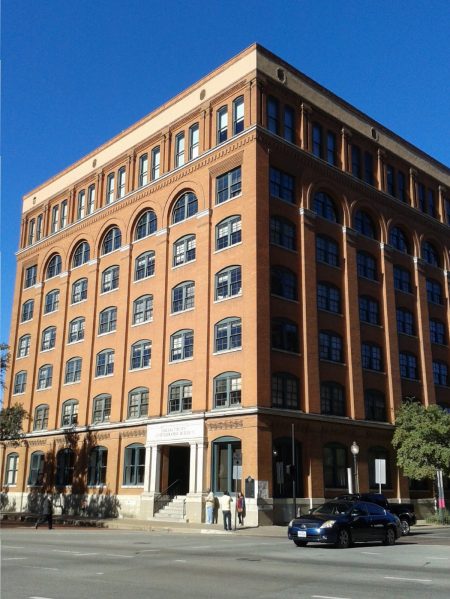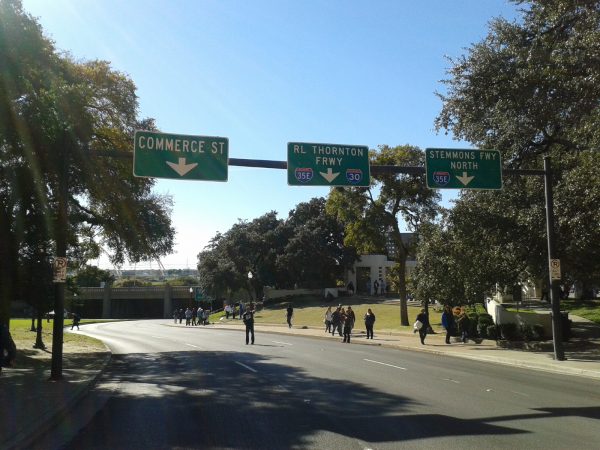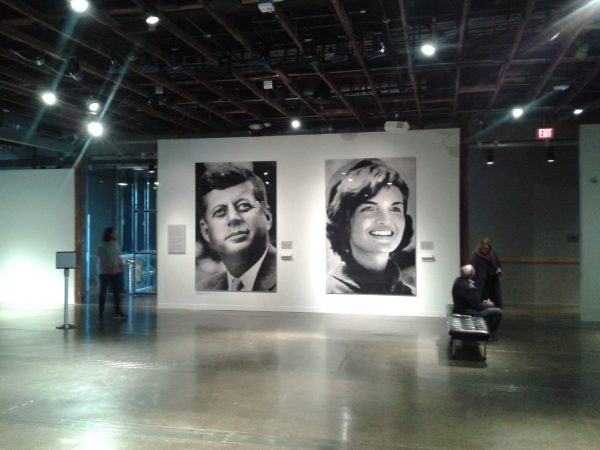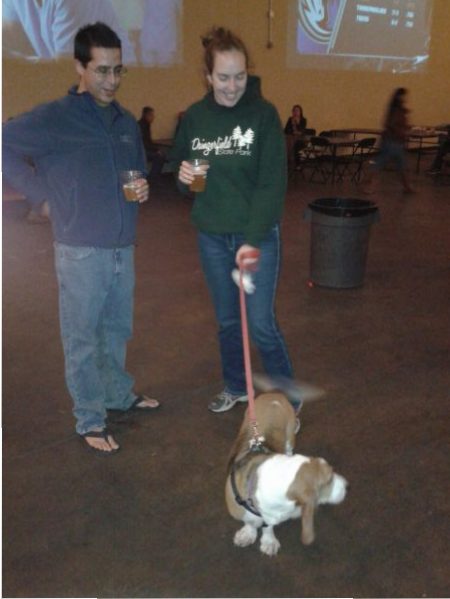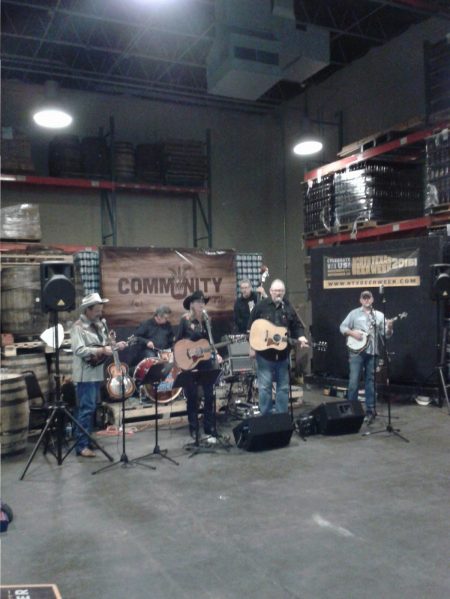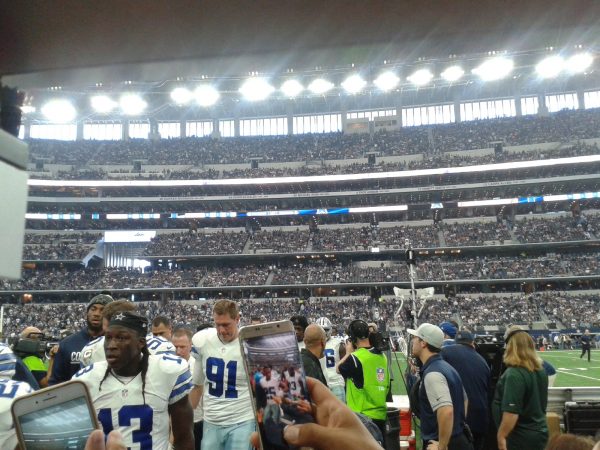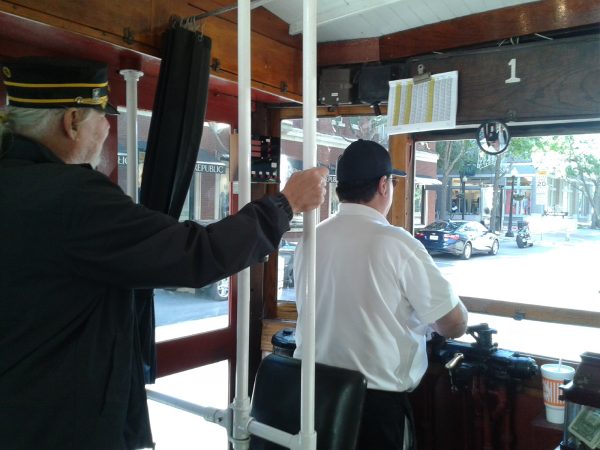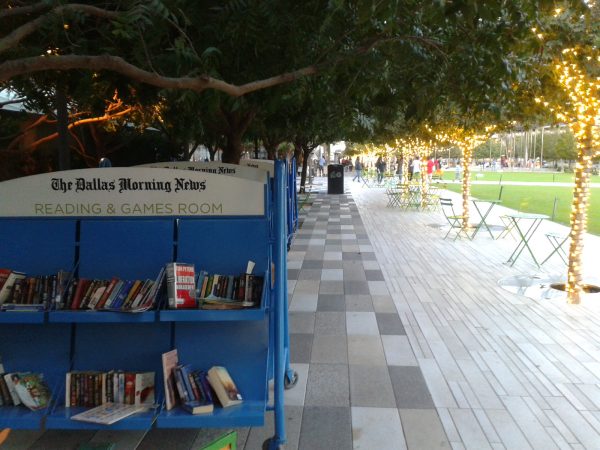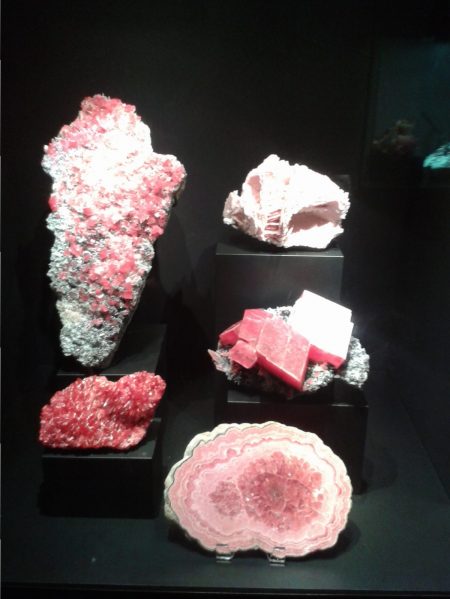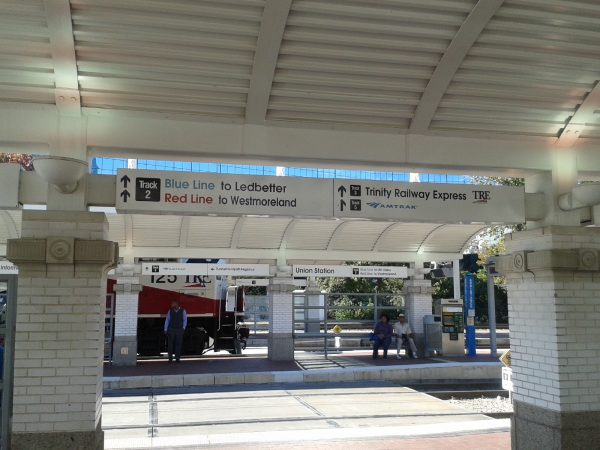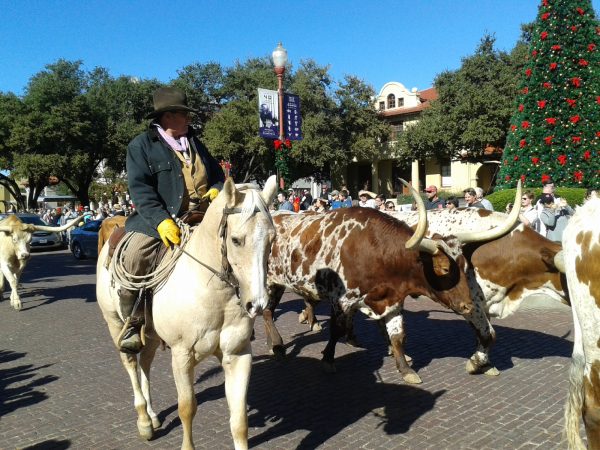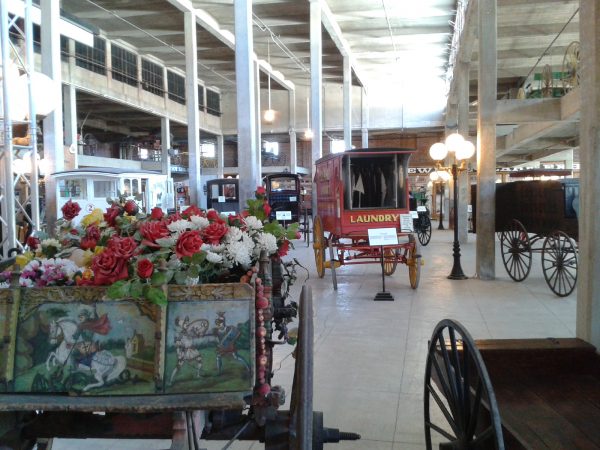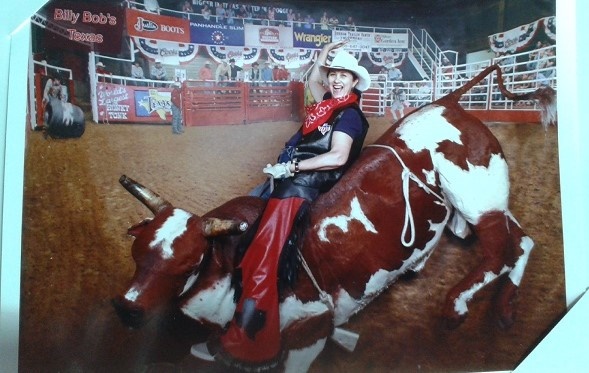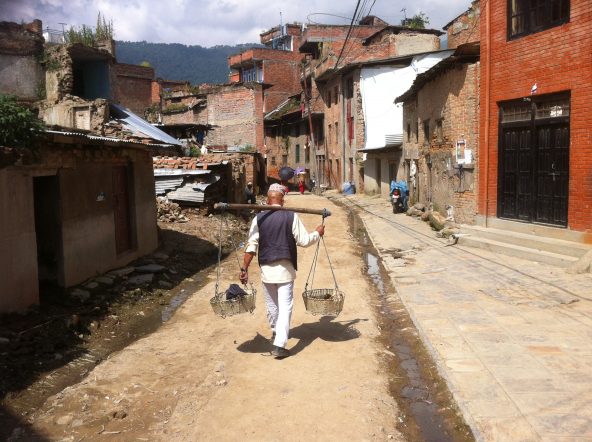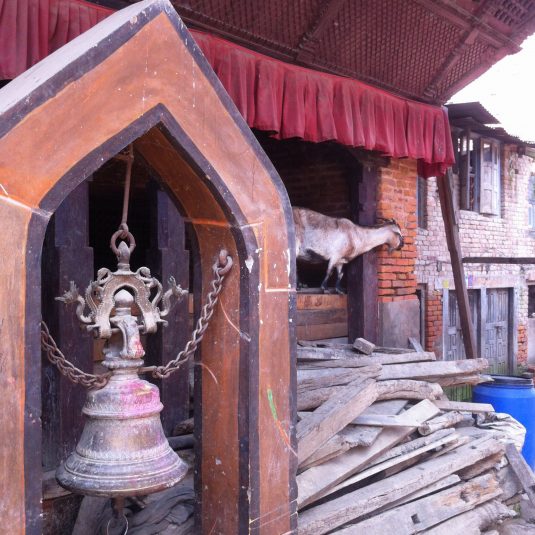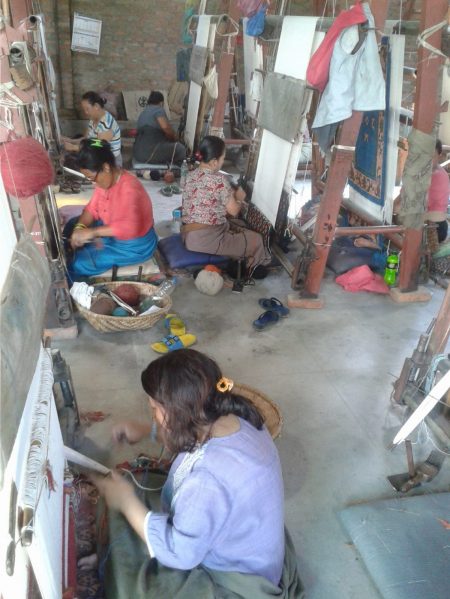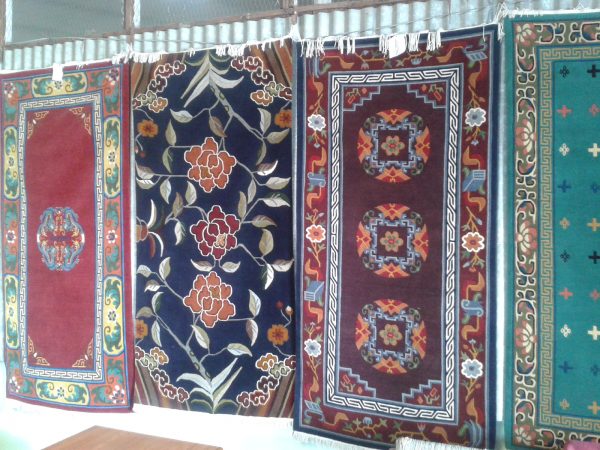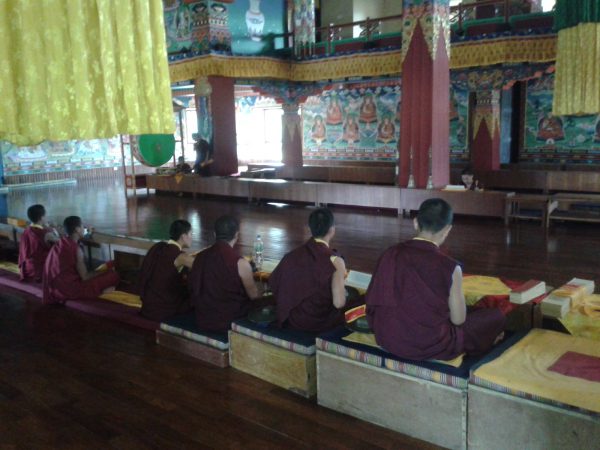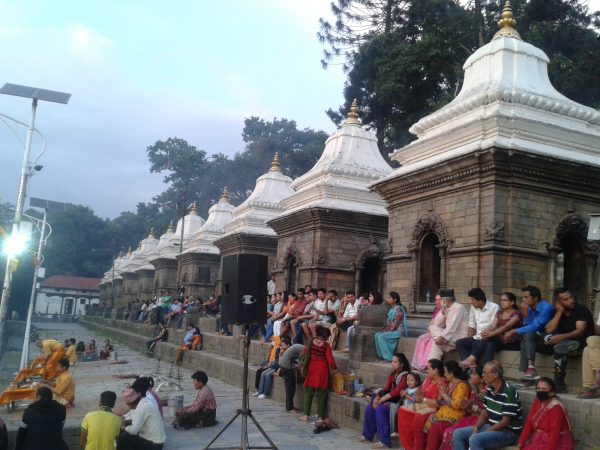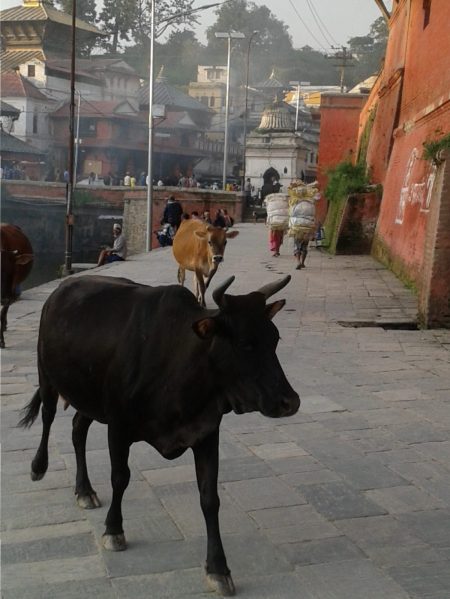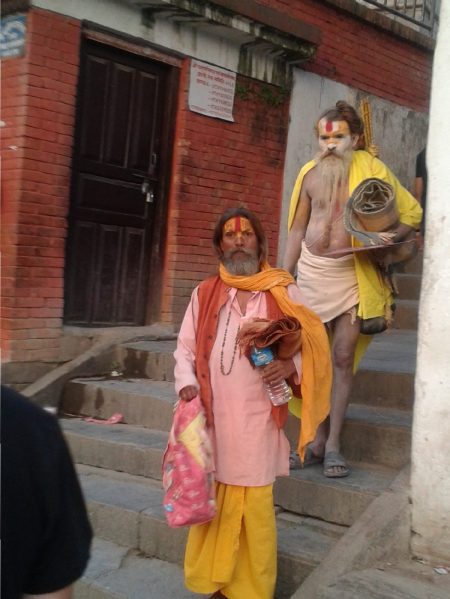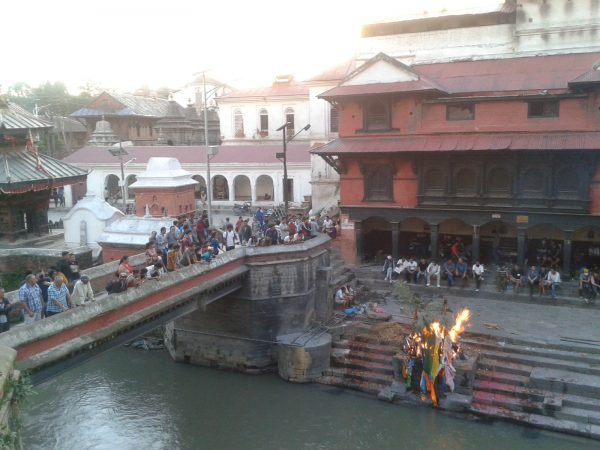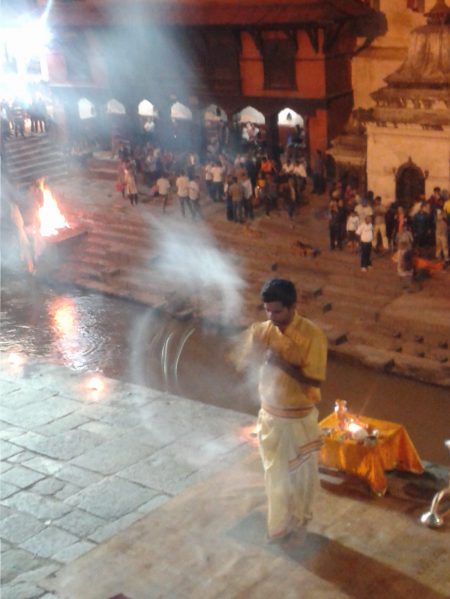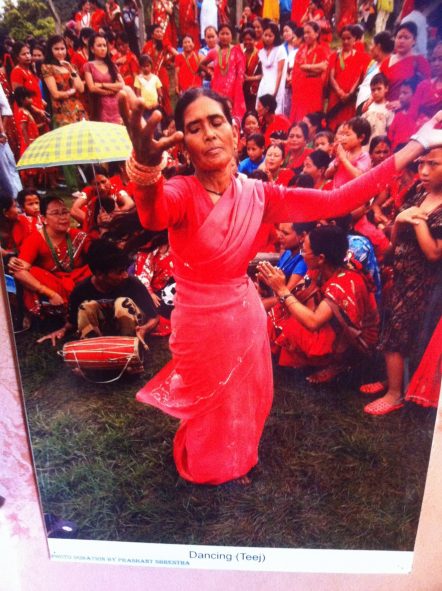
In January 1959 Fidel Castro took control of Cuba and placed Guevara in charge of La Cabaña prison. He was later appointed president of the national bank and minister of industry and did much to assist in the country’s transformation into a communist state.
Countries such as the United States and those allied with it ceased trading with Cuba. Supplies were rationed. Questionable friendships were struck with members of the Soviet Bloc. The people suffered, as they always do.
Times are now changing for the tiny Caribbean Island nation Cuba with the United States restoring diplomatic relations on 20 July 2015, which had been severed in 1961 during the Cold War.
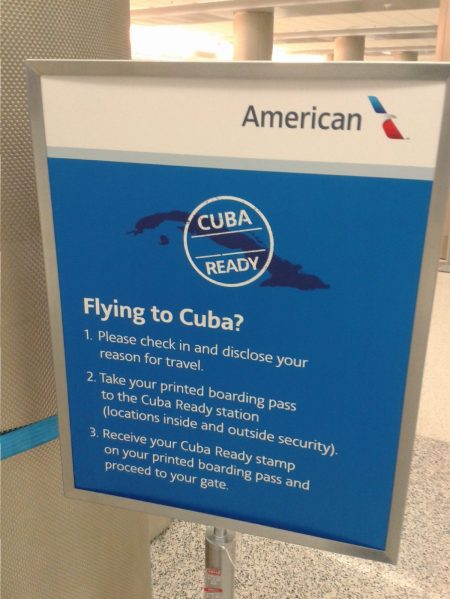
All signs are ready to go from Miami Airport to Cuba with instructions for Americans to complete their applications for entry and a ‘Ready Stamp’ at the desk.
For an update on visa requirements for Australians please see the tab Visalink on this website for updated entry requirements.
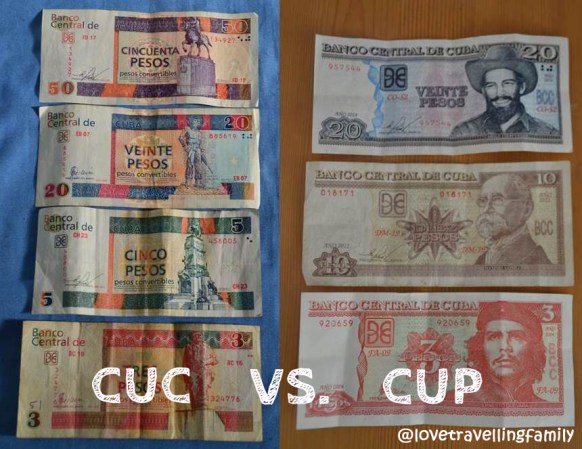
The currency in Cuba can be a little bit confusing because it has two currencies. The Cuban Convertible Pesos (CUC$) – simply called convertibles – and Non-Convertible Pesos (CUP) / Moneda Nacional (MN$) simply – Cuban Pesos.
Non-Cubans use mostly convertibles. That’s what you exchange foreign currency for and that’s what you pay goods and services with. 1.00 Cuban Convertible Peso = $1.00 is considered equivalent to $1.00 USD.
Personally, I exchanged Australian Dollars in Fort Worth, USA for USD before leaving the country – at a bank which I’ve found to give the best rates (in fact anywhere). It was worth the effort as my AUD was not accepted at the airport in Havana. The commission charged on a USD100.00 transaction was about 14% and you are very much a ‘captured tourist’ in that taxis weren’t permitted to take USD either. The major hotels such as the Melia for example, were somewhat better in its exchange rate.
Note: Canadian Dollars are widely accepted almost everywhere as Nationals do not need a visa to enter Cuba.
- However, Australian travellers often experience problems accessing funds in Cuba. Credit cards, debit cards and travellers’ cheques are not accepted in Cuba if issued by US banks or Australian banks affiliated with US banks. This includes all American Express, Visa and MasterCard cards depending on the issuing bank and Westpac Bank cards. To avoid being caught without money in Cuba, ensure you have a variety of ways of accessing your money. Take an emergency supply of cash, enough to leave Cuba if your bank cards do not work. In the past, foreigners without access to funds have been detained and deported by local authorities.
- Source: www.smarttraveller.gov.au

And, if you want to relay any emails about your travels to your mates, you’ll need one of these cards for wifi. Generally two CUC to purchase one with plenty of street vendors and hotels selling them. They are valid for one hour with the ability to sign off and use later. You must find a place such as a hotel or eatery which has wifi to connect to before using it.
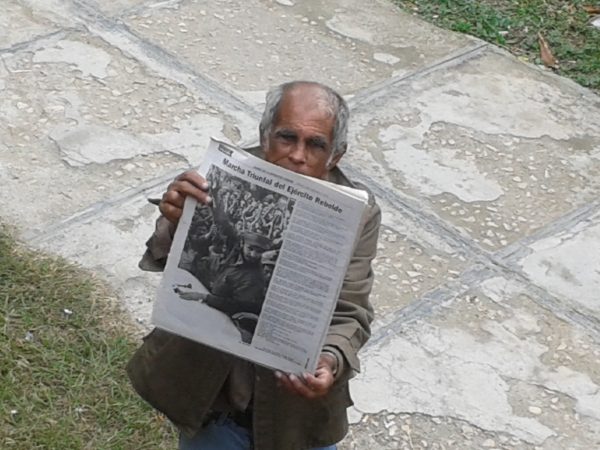
News was out the day before I arrived, ‘Castro Dead’. Plagued for decades by revolutionary struggle, crippling poverty along with social and political isolation, Cuba is slowly beginning to open up again to trade and tourism. No dancing, partying or music allowed in the streets. Nor any drinking of alcohol for nine days. unless you’d already pre-booked an all-inclusive rate at your accommodation and only there is where you could have a ‘quiet one’.
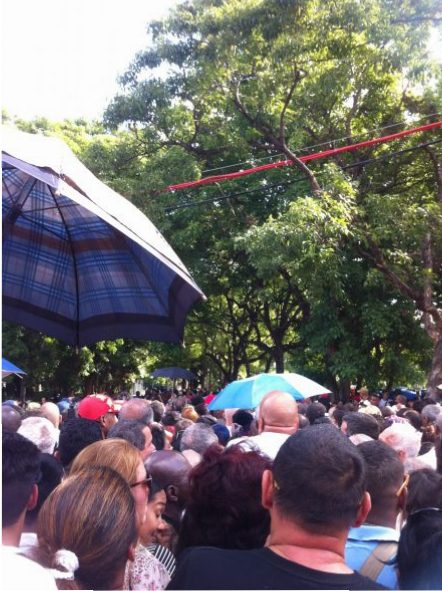
So being an accidental witness to a time in Cuba’s history was a moment I wasn’t expecting. The line up was growing by the minute to view Castro’s memorial which was announced on the Monday morning. The crush which took place after me taking this photo, led to the military being called in on standby; once they made their presence nearby, everyone settled very quickly and orderly.
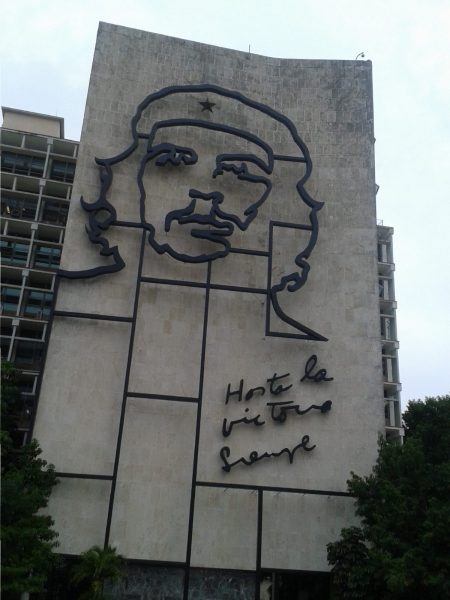
Ministry of Interior building in Plaza de la Revolución (Revolution Square) where we inched past this iconic façade on our way up to the memorial.
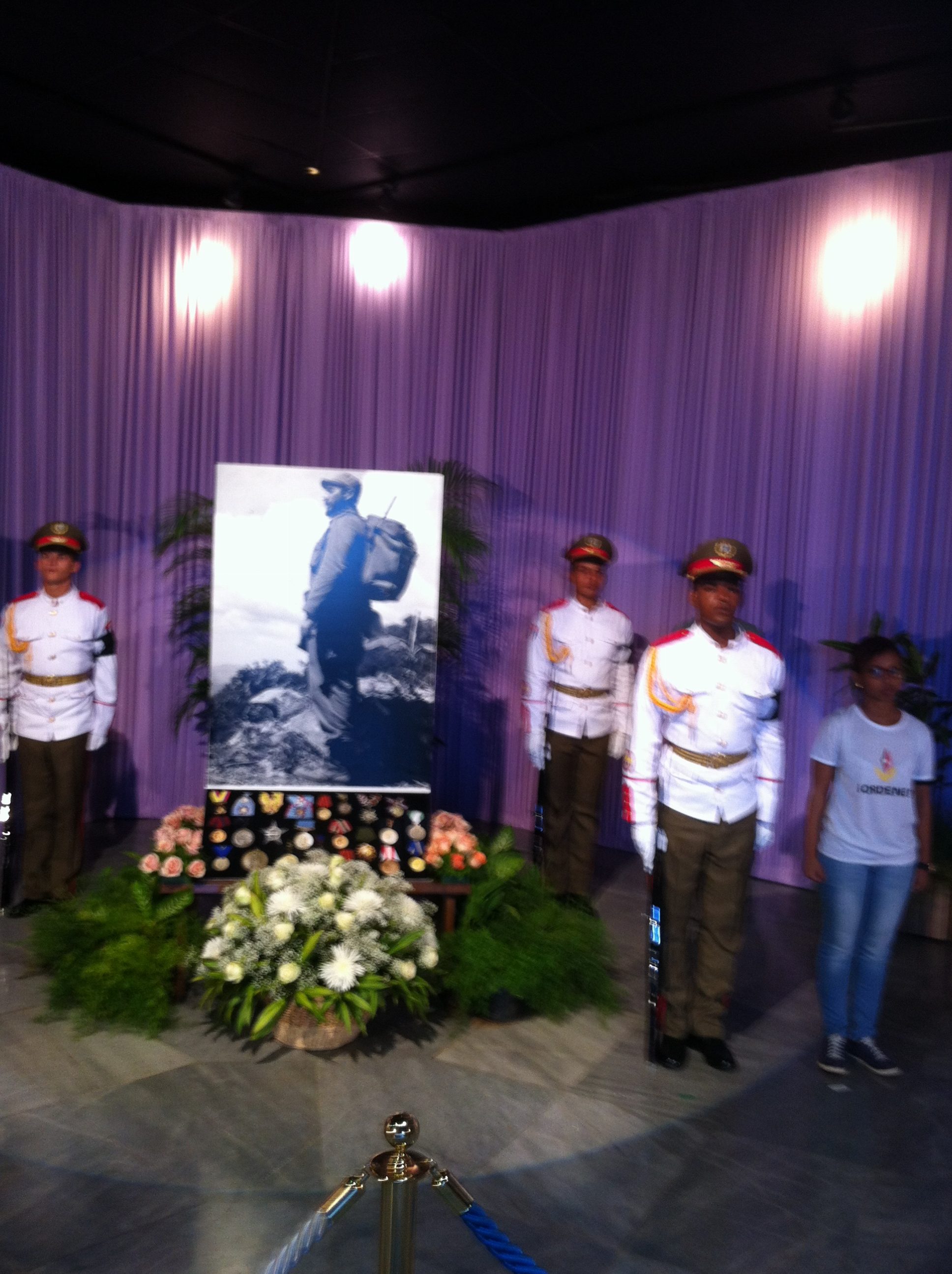
Once inside the monument which hosted Castro’s memorial the line was kept moving and after two hours of waiting, I thought it was worth the wait considering this had been an historical occasion in Cuba’s diary.
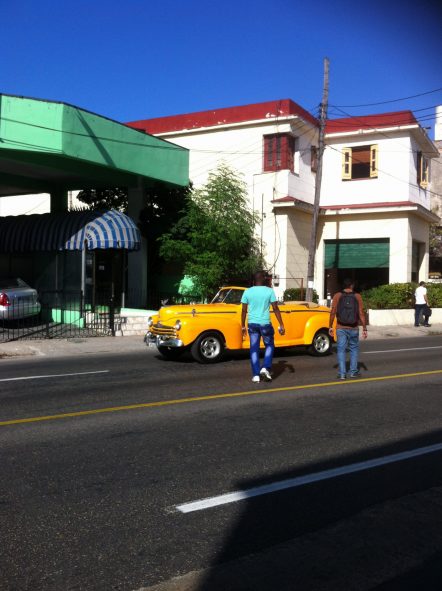
See the guy in the green shirt? That’s who I was pushed up against in the crush to view the memorial. I’m not complaining or stalking, I was just wondering if he was going to line up again …
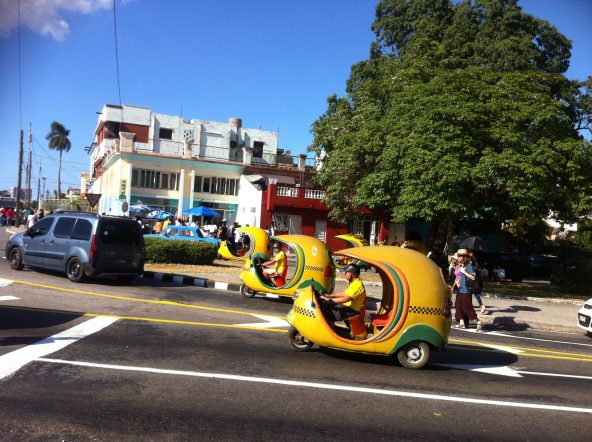
After standing in line for so long it was great to take a little yellow taxi back to the hotel. They’re everywhere and quite cheap.
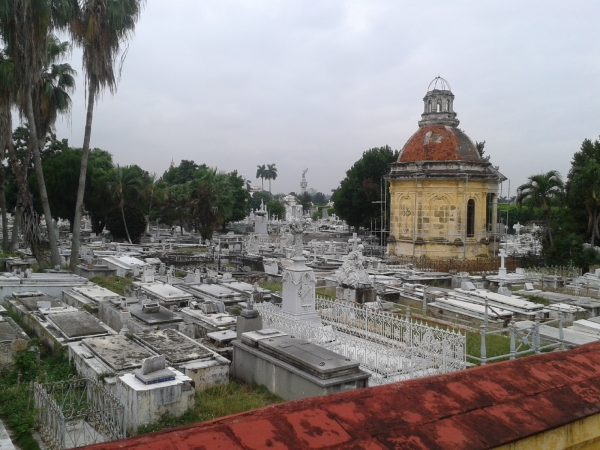
However, one of the best ways of taking a quick look at Havana city and surrounds is by Hop On, Hop Off Bus and cost 10 CUC (at the time). The cemetery being one of the interesting places to visit even if you’re not a local. You can also bargain with an owner of one of the classic cars to take you around for an hour or so at a comparatively low rate if there’s a couple of you.
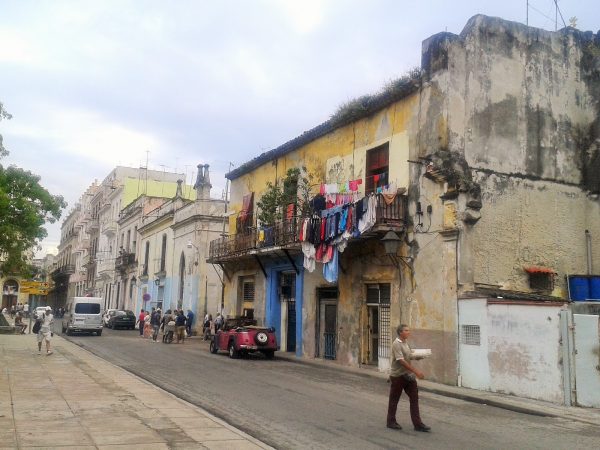
Walking around the streets and in many ways, Cuba hasn’t changed at all. It has stayed exactly the same, trapped in a time capsule dated 1959 I’m told. I believe it.
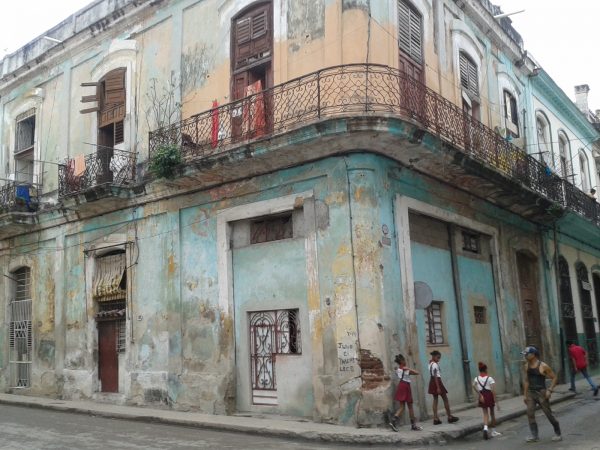
Beyond this point I might not have gone alone, but it’s great when you pick up three Canadian guys to walk around with … And have lunch with them too.
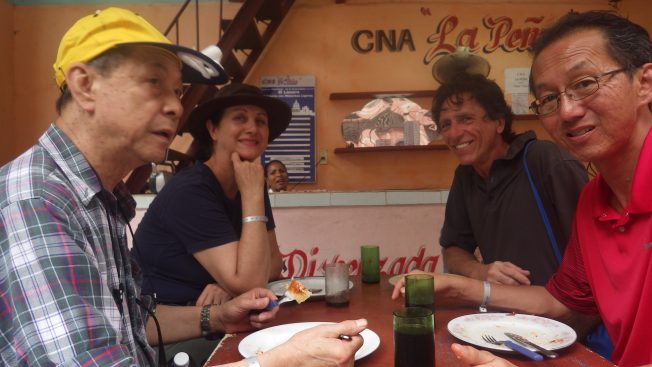
You’ll meet quite a lot of Canadians and happy to say here at lunch; myself, Stephen, John and David all did well with a delicious (rico) locally-made traditional pizza each. Include a drink – all four came under 10 CUC – bargain! Though I have to say, Cuba is not known for its culinary delights.

By passing the butchers, we decided not to go in for a closer inspection.

Stalls along the streets are plentiful with in-season fruit and vegies.
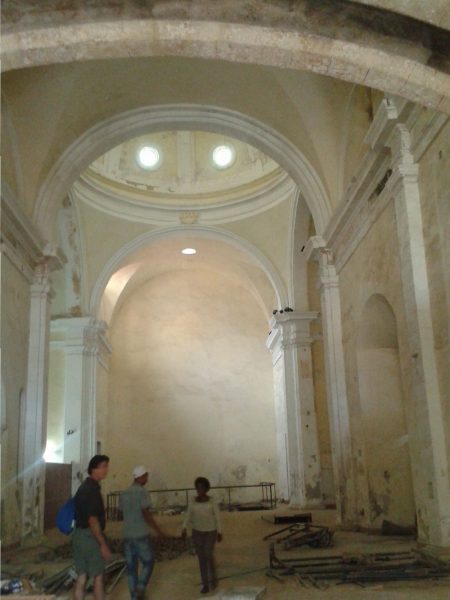
We were fortunate enough to be invited in to see an old cathedral being gutted and in the process of being restored. One place we’ll return to and check on what transpired from it all. The builders said in about a year it would be finished.
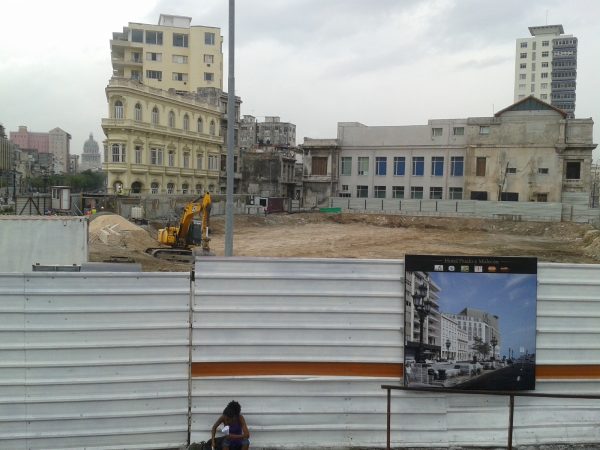
This is not the only construction being built or renovated at the foreshore in Havana. Hotels are gearing up at breakneck speeds to invest. Obviously money is coming in …

Cutesy coffee shops There are no smartphones to distract people from the human chatter which echoes from the buildings lining Old Havana’s potholed calles. A welcome relief in having the technology unavailable.

Did I tell you before old doors are my ‘new thing’ to photograph? No shortage here.
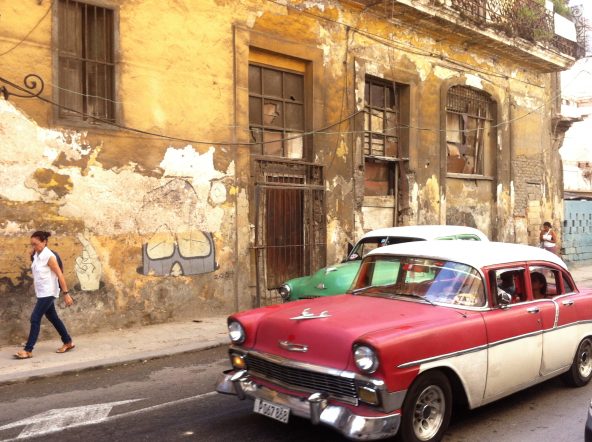
Cars are everywhere – Vintage American cars – Dodges, Oldsmobiles, Cadillacs and Fords, all still trundle along Havana’s crumbling streets as though they’re on their way to some collectors’ rally.
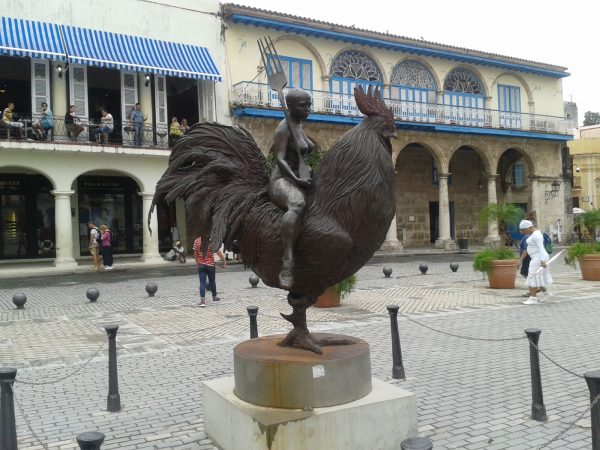
Plaza Vieja, Havana – ‘Hold My Fork While I Mount this Rooster’. Sure, seeing it’s the Chinese year of the Rooster, I’ve no doubt it’ll be the most photographed Rooster ever.

Have a seat? Maybe next time I visit.

I’m also wondering if this will look like Woolloomooloo Wharf in Sydney next time I return.

Ship in port and for passengers it’s walking distance to some sights. I’ve been reading many of the travel industry articles of late and there’s been a number of approvals given to new entrants which will add to mass tourism undoubtedly.
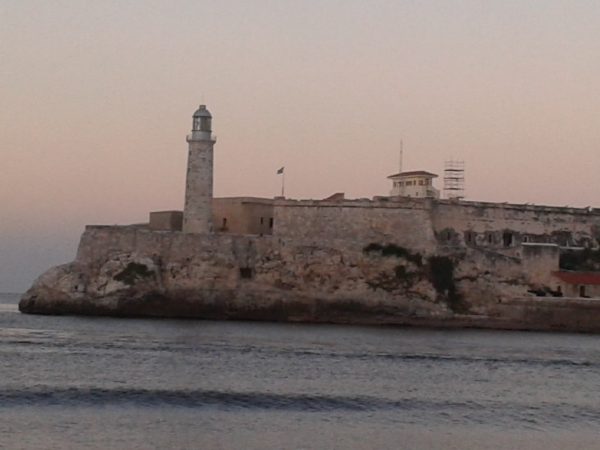
Moro Fort across the water as seen from the Malecon is a must see. Great walk all around here with magnificent views of ships coming into the port.
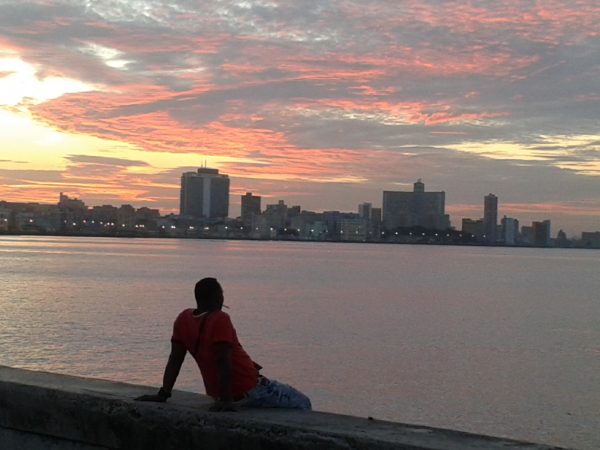
Sunset – doesn’t come much better huh?
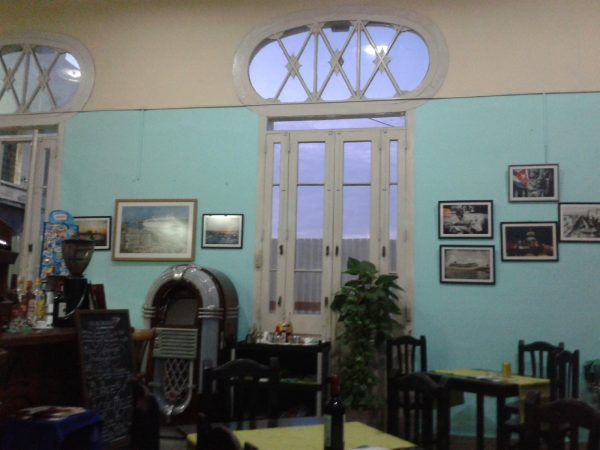
Café serving fresh fish and vegies, cake and a glass of red 7.90 CUC (straight across the road from the sunset) with good-old fashioned service thrown in.
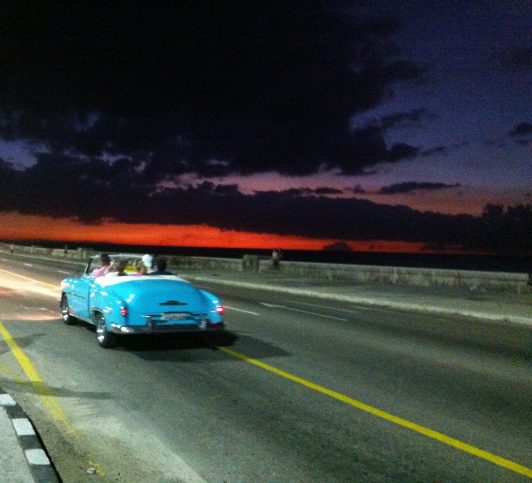
Near the Melia Hotel it’s one of the best walkways along the foreshore with locals as well as tourists soaking up the atmosphere. And, if you’re wanting a ride home, there’s a parade of old chevies and the like which are also taxis – way to go!
Next post more of Havana and onto Varadero via the eastern beaches.

